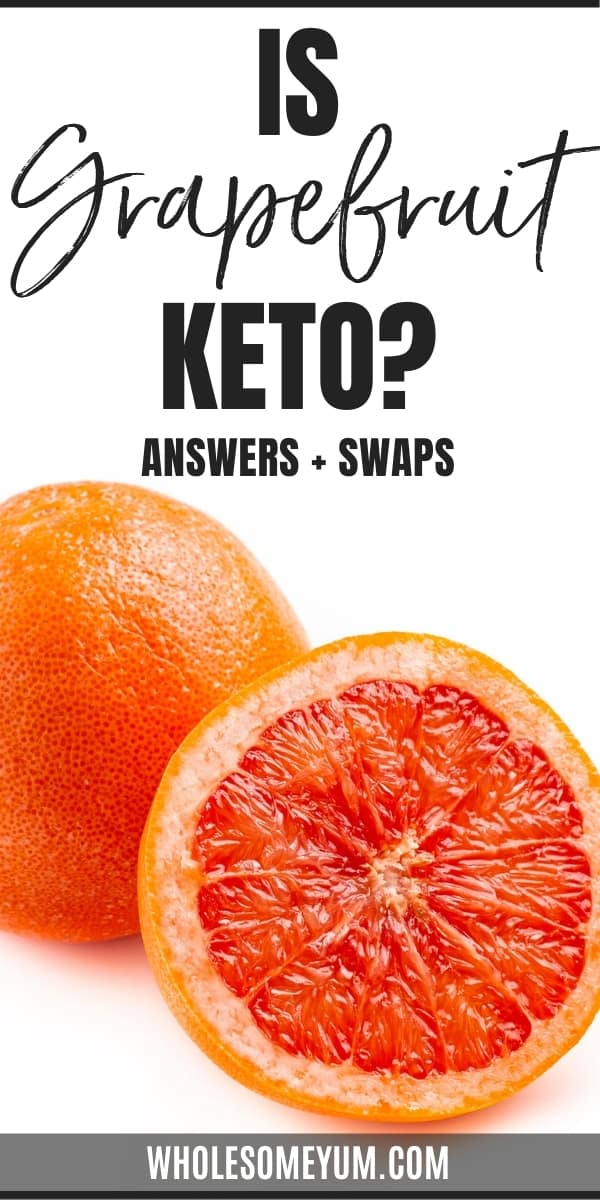

More Evidence for 5-a-Day for Fruit and Vegetables and a Greater Need for Translating Dietary Research Evidence to Practice. It also has 170 mg of potassium (4 percent of the DV) and about 12 mg of vitamin C (13 percent of the DV), according to the USDA. One cup of watermelon contains 11 g of net carbs and 6,890 mcg of lycopene. Chronic inflammation can damage DNA and lead to cancer, warns the National Cancer Institute. According to a research paper, “watermelon has the highest bioavailable lycopene, about 60 percent more than a tomato.” (“Bioavailability” means that the substance is able to be absorbed in the body.) The research states that lycopene can also reduce inflammation throughout the body, which might help lower the risk of certain cancers like breast, stomach, colon, and lung. “It’s also particularly rich in a plant compound called lycopene, which is responsible for watermelon’s red color and antioxidant properties,” Meixner says. According to the USDA, 1 cup of watermelon contains 139 g of water. If you’re looking to cut carbs and increase hydration, watermelon is a fruit of choice, as it’s highly hydrating, say Makayla Meixner, RDN, a sports dietitian and CEO of Own It Nutrition, based in Vail, Colorado. Lutein and zeaxanthin are two phytochemicals associated with eye health, as they promote healthy cells in the eyes and block harmful lightwaves, according to the American Optometric Association (AOA). More research is needed, but according to one study, more than two servings per week of fresh peaches (and other fruits and vegetables high in these nutrients) were found to have a protective effect against glaucoma in older African American women. The phytochemicals (antioxidants) that give peaches their yellow-orange color help promote eye health, too, Leininger says. “Peaches are a great summertime fruit because they’re so versatile - you can eat them raw, make them into a salad, or even throw them on the grill as a tasty side dish for your dinner,” says Leininger.Īccording to the USDA, one small peach contains 13.9 g of net carbs, 196 mg of potassium (about 4 percent of the DV), 38.6 micrograms (mcg) of vitamin A (4.3 percent of the DV), and 6.6 mg of vitamin C (7.3 percent of the DV). (Net carbs are total carbs minus fiber and sugar alcohols, and they are often counted in low-carb dieting, such as Atkins.) So to hit your weight loss goal, it helps to choose fruits with the lowest amount of carbs.

Some fruits have a lower amount of net carbs than others, making them a better choice. RELATED: Which Low-Carb Diet Is Best for People With Diabetes? A standard low-carb diet involves eating 20 grams (g) to 50 g of net carbs per day, depending on your weight loss goals, according to the National Institute of Health. But that doesn’t mean that anything goes. So you know including fruit in your diet, even a low-carb one, is beneficial. For example, fruits (as well as vegetables) provide heart-healthy dietary fiber, along with vitamins and minerals that the body uses as antioxidants to fight various chronic diseases, according to research. Fruit contains many health-promoting nutrients, and removing them from the diet completely could be detrimental,” explains Trista Best, RD, a registered dietitian at Balance One Supplements, an online vitamin and supplement shop based in Wilmington, Delaware.


“While many low-carb diets recommend avoiding fruit because it tends to be higher in carbohydrates due to its natural sugar, it’s not ideal for health. Carbs are also in fruits (which explains their sweetness), so logic might suggest canceling this type of food, too - but don’t. When it comes to cutting carbohydrates, it’s not only pastries and bread you have to think about.


 0 kommentar(er)
0 kommentar(er)
